Can Dslr Lens Be Used In Mirrorless Camera?
In the ever-evolving world of photography, the transition from DSLR (Digital Single-Lens Reflex) cameras to mirrorless systems has been a significant shift. This change has brought about numerous questions and concerns among photographers, both amateur and professional. One of the most common inquiries is whether DSLR lenses can be used on mirrorless cameras. This article aims to address this question comprehensively, providing insights into the compatibility, benefits, and potential drawbacks of using DSLR lenses on mirrorless cameras.
Understanding the Basics
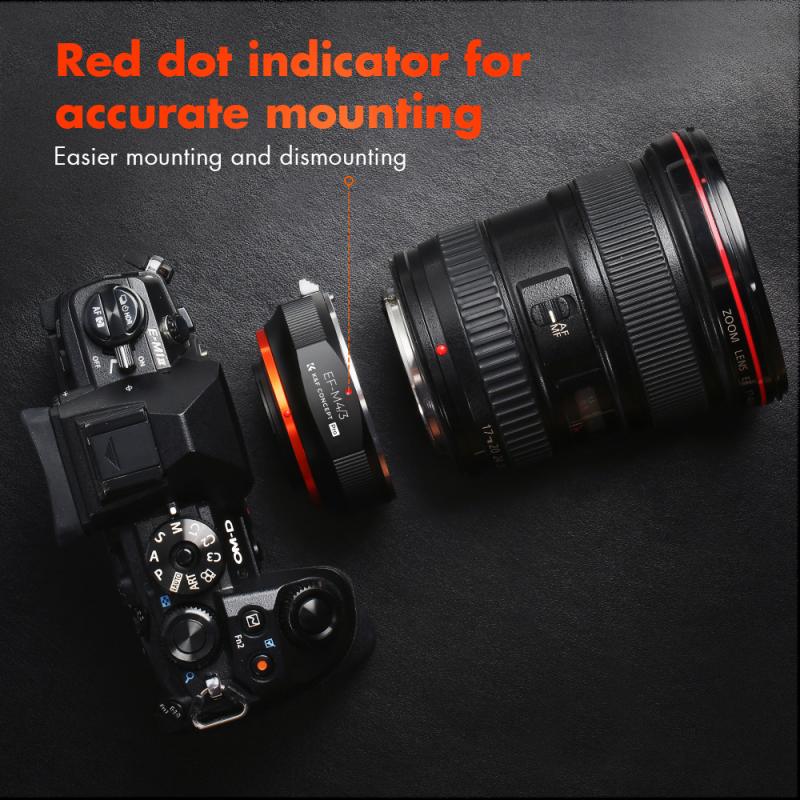
Before diving into the specifics, it's essential to understand the fundamental differences between DSLR and mirrorless cameras. DSLRs use a mirror mechanism to reflect light from the lens up into an optical viewfinder. When the shutter button is pressed, the mirror flips up, allowing light to hit the image sensor and capture the photo. In contrast, mirrorless cameras lack this mirror mechanism. Instead, light passes directly through the lens to the image sensor, and the image is displayed on an electronic viewfinder or the camera's LCD screen.
Compatibility of DSLR Lenses with Mirrorless Cameras
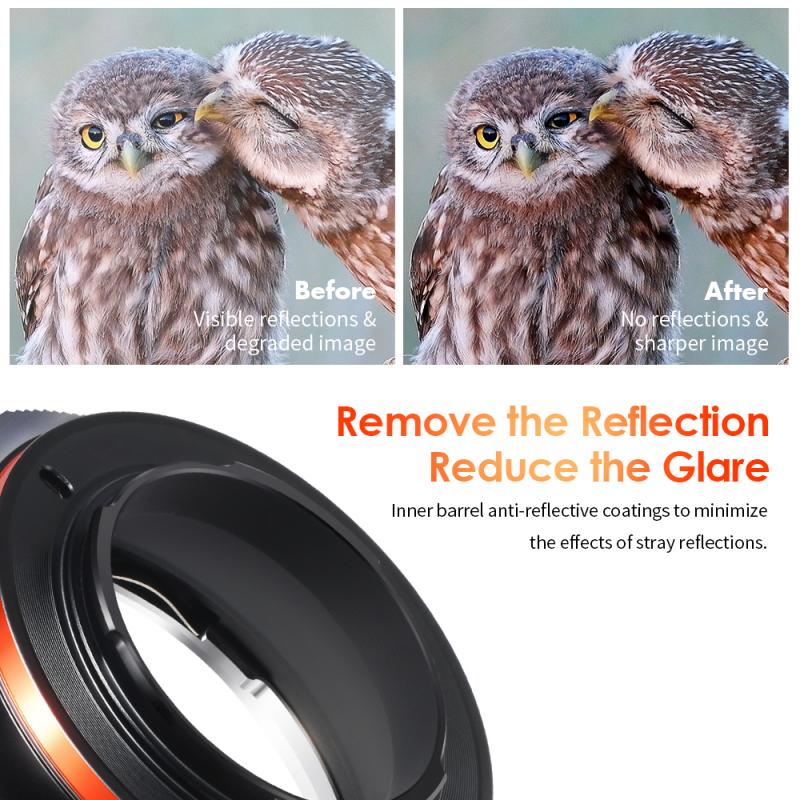
The primary concern when considering the use of DSLR lenses on mirrorless cameras is compatibility. The good news is that, in many cases, it is possible to use DSLR lenses on mirrorless cameras with the help of an adapter. These adapters serve as a bridge between the lens and the camera body, allowing the two to communicate and function together.
Types of Adapters
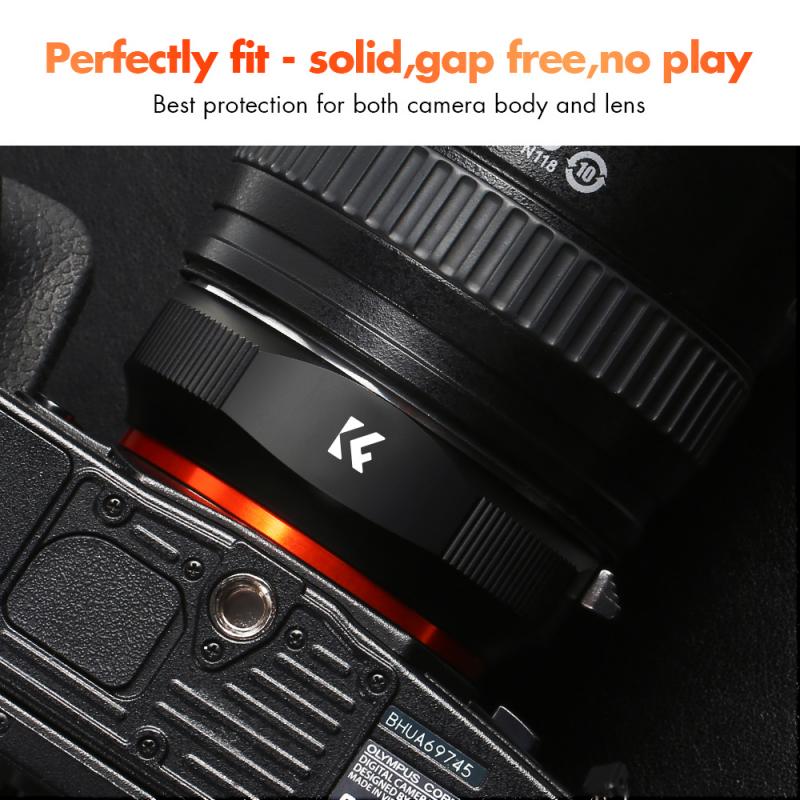
1. Mechanical Adapters: These adapters provide a physical connection between the lens and the camera body but do not support electronic communication. As a result, autofocus, image stabilization, and other electronic features may not work. These adapters are typically less expensive and are suitable for manual focus lenses.
2. Electronic Adapters: These adapters maintain electronic communication between the lens and the camera body, allowing autofocus, image stabilization, and other features to function correctly. They are generally more expensive than mechanical adapters but offer a more seamless experience.
Benefits of Using DSLR Lenses on Mirrorless Cameras
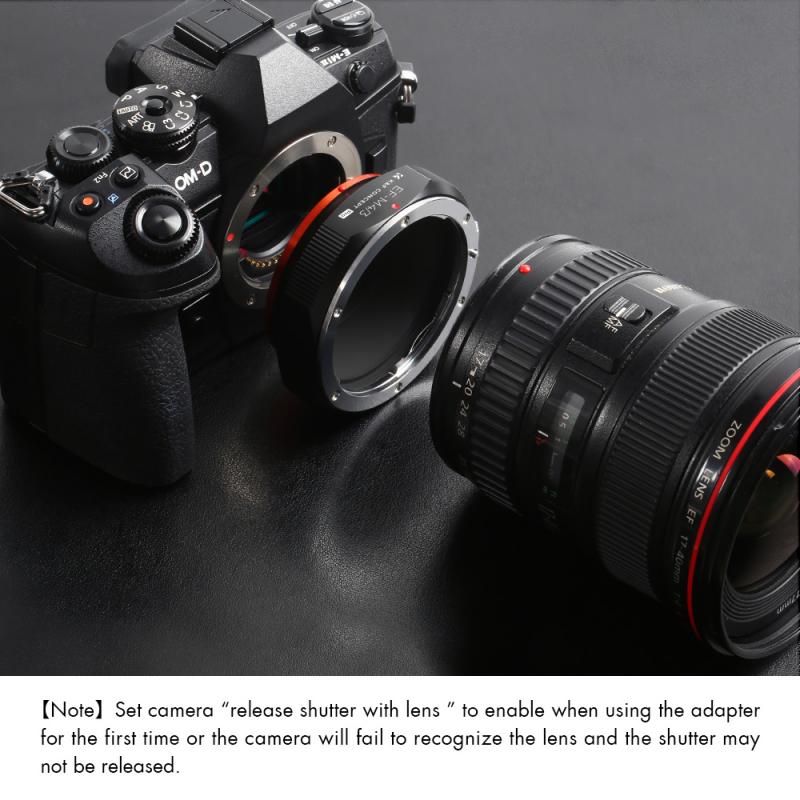
1. Cost Savings: One of the most significant advantages of using DSLR lenses on mirrorless cameras is cost savings. Photographers who already own a collection of DSLR lenses can continue to use them without investing in an entirely new set of lenses for their mirrorless system.
2. Lens Variety: DSLR systems have been around for much longer than mirrorless systems, resulting in a more extensive selection of lenses. By using an adapter, photographers can access a broader range of lenses, including specialty lenses that may not be available for mirrorless systems.
3. Familiarity: For photographers who have been using DSLR lenses for years, there is a level of familiarity and comfort with these lenses. Using them on a mirrorless camera can provide a sense of continuity and ease of use.
Potential Drawbacks
1. Size and Weight: DSLR lenses are generally larger and heavier than their mirrorless counterparts. When used with a mirrorless camera, this can result in a bulkier and less balanced setup, potentially negating one of the primary advantages of mirrorless systems—portability.
2. Autofocus Performance: While electronic adapters can maintain autofocus functionality, the performance may not be as fast or accurate as with native mirrorless lenses. This can be particularly noticeable in fast-paced shooting situations, such as sports or wildlife photography.
3. Battery Life: Using an adapter, especially an electronic one, can drain the camera's battery more quickly. Mirrorless cameras already tend to have shorter battery life compared to DSLRs, so this is an important consideration for photographers who need extended shooting times.
Practical Considerations
When deciding whether to use DSLR lenses on a mirrorless camera, there are several practical considerations to keep in mind:
1. Purpose and Frequency of Use: Consider how often you will be using the adapted lenses and for what purposes. If you only occasionally need a specific DSLR lens, an adapter may be a cost-effective solution. However, if you frequently use a particular lens, investing in a native mirrorless lens may be more practical.
2. Type of Photography: The type of photography you engage in can influence your decision. For example, landscape photographers who primarily use manual focus may find mechanical adapters sufficient, while portrait or action photographers may require the faster autofocus capabilities of electronic adapters.
3. Future Investments: Think about your long-term plans and investments in photography gear. If you plan to transition entirely to a mirrorless system, it may be worth gradually building a collection of native mirrorless lenses.
In conclusion, using DSLR lenses on mirrorless cameras is not only possible but can also be a practical and cost-effective solution for many photographers. With the help of mechanical or electronic adapters, photographers can leverage their existing lens collections while enjoying the benefits of mirrorless technology. However, it is essential to weigh the benefits against the potential drawbacks, such as size, weight, and autofocus performance, to make an informed decision.
Ultimately, the choice to use DSLR lenses on a mirrorless camera will depend on individual needs, preferences, and shooting styles. By carefully considering these factors, photographers can make the most of their equipment and continue to capture stunning images, regardless of the camera system they use.


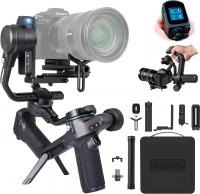
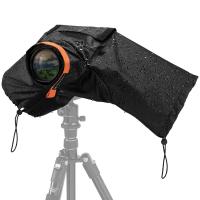


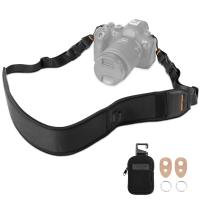

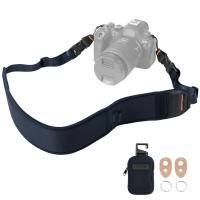
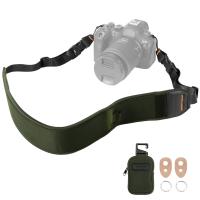
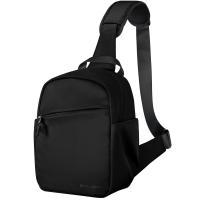
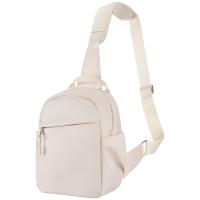


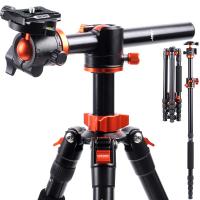

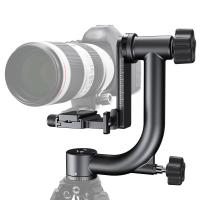

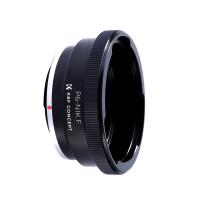
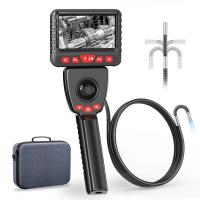


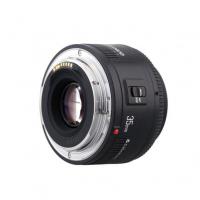
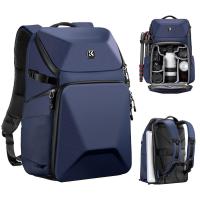
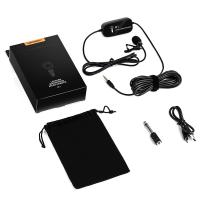
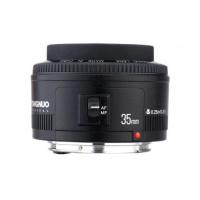
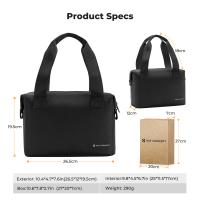
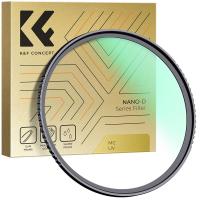
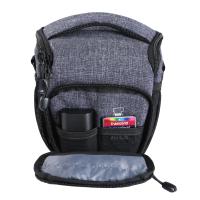
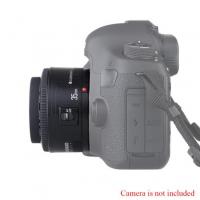
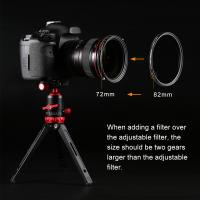



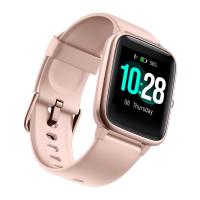


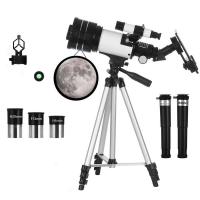


There are no comments for this blog.